In an age of mass production and digital everything, certain communities continue to shape clay, weave silk, and forge metal using techniques passed down through countless generations. These villages represent living museums where ancient skills remain essential to daily life rather than mere tourist attractions.
From Japanese pottery masters to Peruvian textile weavers, these communities prove that traditional craftsmanship not only survives but thrives when supported by both local pride and global appreciation. Here is a list of 18 traditional craft villages that keep ancestral skills alive in the modern world.
Bizen, Japan

This pottery village has produced distinctive unglazed ceramics for over 1,000 years using local clay and wood-fired kilns that create unique surface effects. Master potters spend decades perfecting techniques that rely on precise timing, temperature control, and understanding of how flames interact with clay.
The entire community revolves around pottery production, from clay preparation to kiln firing, which requires round-the-clock attention for days. Young apprentices still begin their training by mixing clay and tending fires, gradually earning the right to throw their pieces.
Murano, Italy
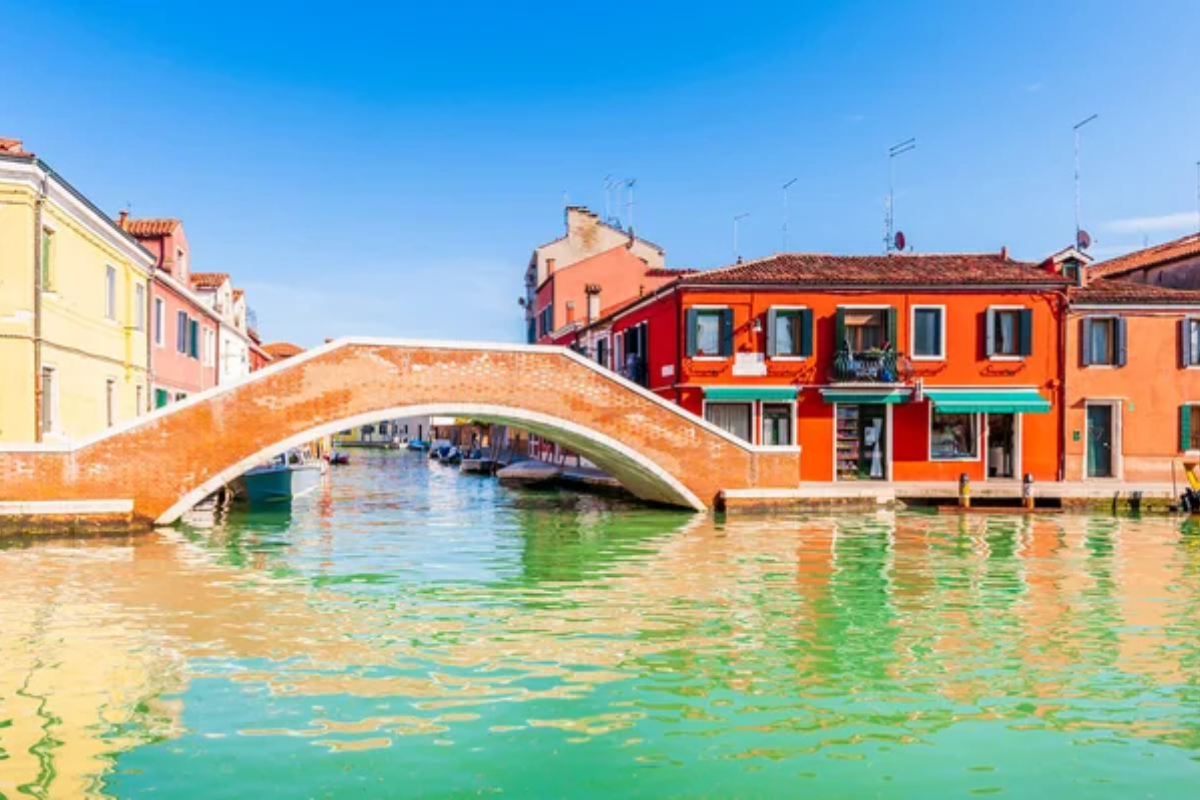
Glass artisans on this Venetian island have guarded their secrets since 1291, when the republic moved all glass production here to prevent fires in the main city. Families pass down techniques for creating intricate figurines, chandeliers, and decorative objects that remain unmatched worldwide.
The intense heat of glass furnaces and the precise timing required for shaping molten glass create a craft that demands both physical stamina and artistic vision. Modern Murano glass commands premium prices while maintaining the same quality standards that made it legendary centuries ago.
Like Travel Pug’s content? Follow us on MSN.
Fez, Morocco
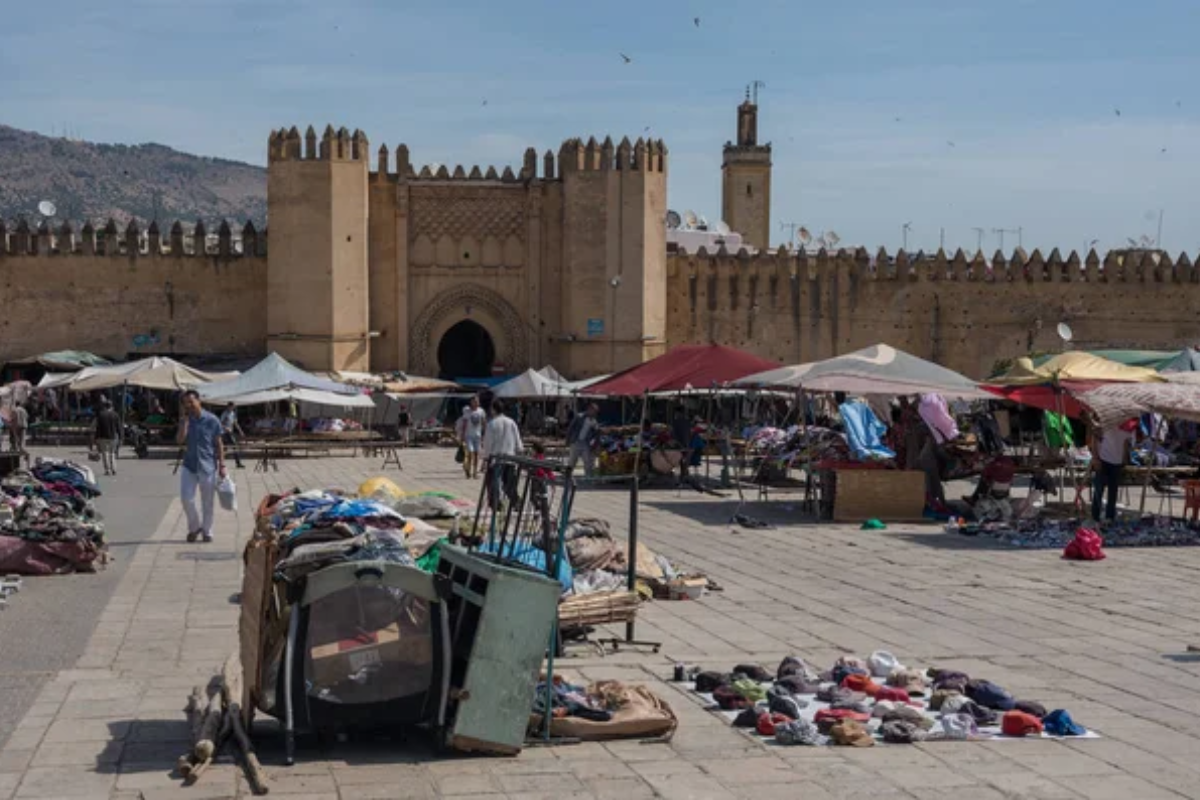
The Medina’s leather tanneries continue processing hides using methods virtually unchanged since medieval times, creating the famous Fez leather through natural dyes and manual techniques. Workers soak hides in limestone pits, then treat them with pigeon droppings and other organic materials before dyeing them with natural colorants.
The entire process takes weeks of careful attention as craftsmen judge readiness by touch, smell, and appearance rather than mechanical timers. Finished leather goods from Fez maintain an international reputation for quality and craftsmanship that machine production cannot match.
Chinchero, Peru

High in the Andes, Quechua women continue weaving textiles using backstrap looms and techniques that predate the Inca Empire. They raise alpacas and sheep for wool, gather plants for natural dyes, and spin thread by hand while walking between villages.
Complex geometric patterns carry cultural meanings that serve as both decoration and historical record of community identity. Each textile represents hundreds of hours of work, with master weavers capable of creating patterns so intricate they seem impossible for human hands to achieve.
Mashiko, Japan
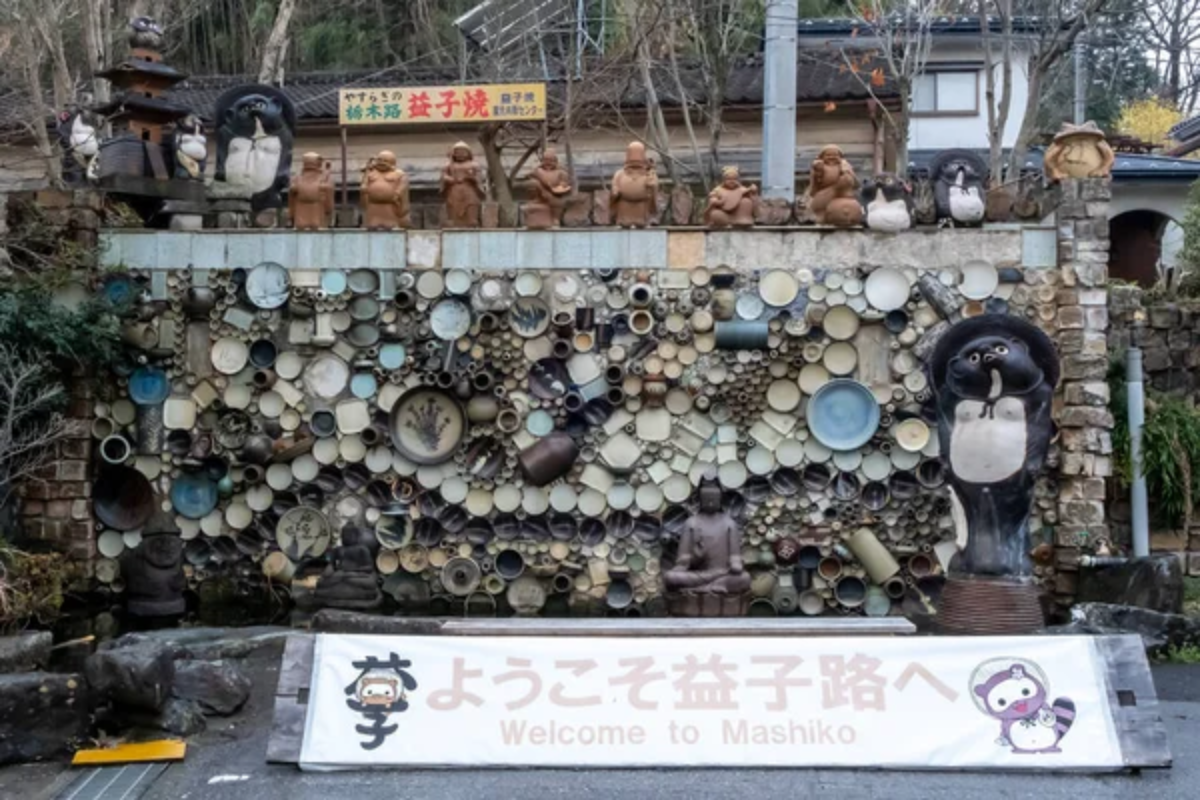
This pottery town gained international recognition through famous ceramicist Shoji Hamada, but maintains traditions that stretch back to the mid-19th century. Local clay deposits and glazes made from rice straw ash create distinctive pieces that blend folk pottery traditions with contemporary design.
The community supports both established masters and young artists who come here to learn traditional firing techniques. Climbing ‘dragon’ kilns built into hillsides require communal effort to load, fire, and unload, maintaining the cooperative spirit essential to traditional ceramics.
Like Travel Pug’s content? Follow us on MSN.
Caltagirone, Sicily
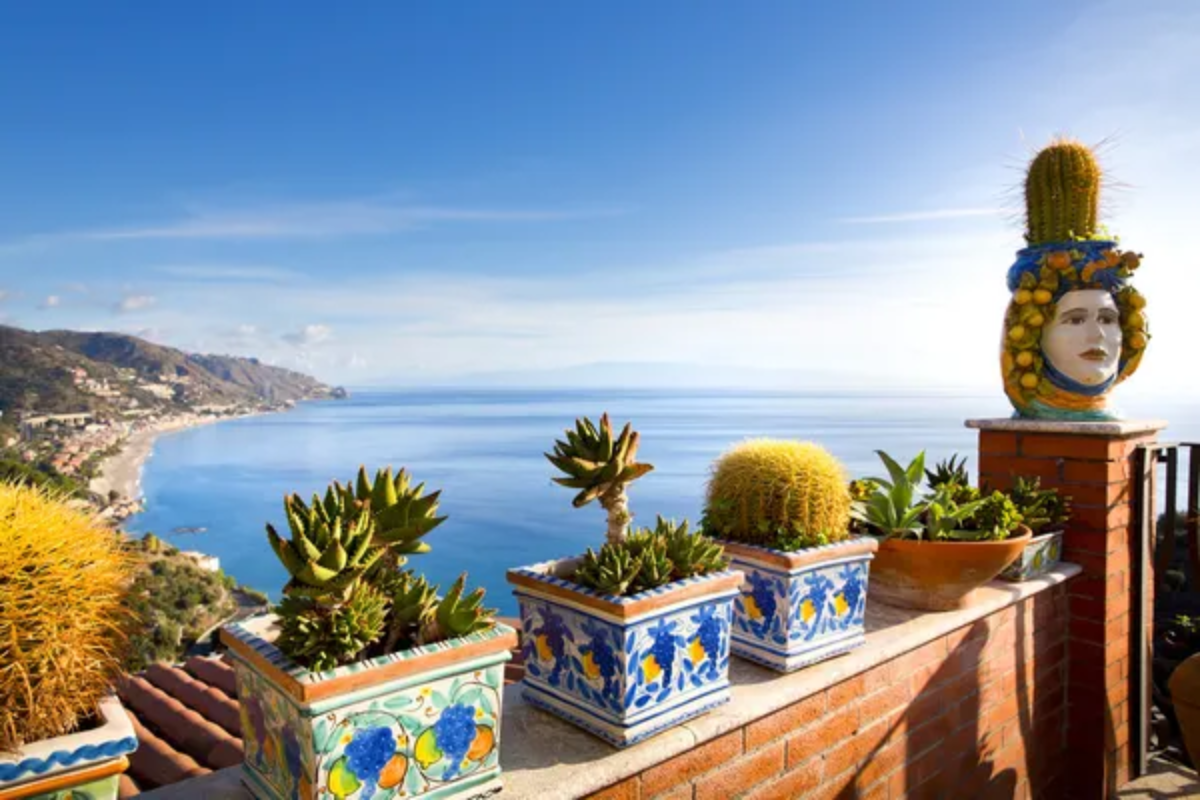
Ceramic production in this hillside town dates to the Arab occupation of Sicily, blending Islamic, Norman, and Italian influences into unique decorative traditions. Local clay mixed with volcanic sand from Mount Etna creates pottery with distinctive qualities that cannot be replicated elsewhere.
Multi-generational workshops continue producing traditional maiolica ceramics alongside contemporary pieces that respect historical techniques. The famous ceramic staircase leading to the town church showcases local artistry while demonstrating the community’s commitment to preserving its craft heritage.
Kumartuli, India
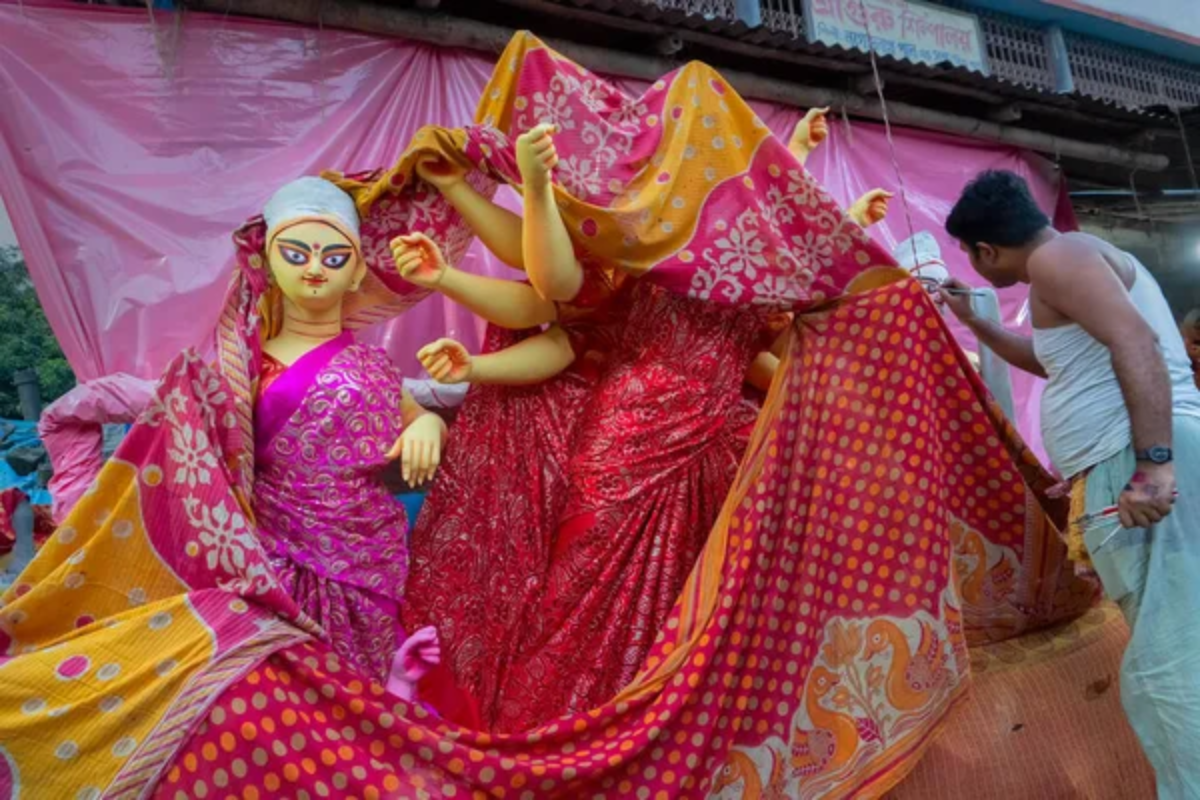
This Kolkata neighborhood specializes in creating clay sculptures of Hindu deities for festivals throughout Bengal, with artists working in cramped studios that line narrow alleys. Master sculptors begin with basic clay forms and then add intricate details by hand using tools passed down through families.
The annual Durga Puja festival provides the community’s major income as thousands of clay images are commissioned for celebration and then ceremonially immersed in the Ganges River. Despite the temporary nature of their work, artisans maintain exacting standards that make each sculpture a masterpiece of religious art.
Bat Trang, Vietnam

Located on the Red River outside Hanoi, this ceramic village has produced pottery for over 700 years using local clay and traditional kilns fueled by rice husks. Family workshops specialize in different types of ceramics, from everyday bowls to elaborate decorative pieces featuring hand-painted designs.
The community maintains its pottery market, where visitors can watch demonstrations and purchase pieces directly from artisans. Modern electric wheels complement traditional kick wheels, showing how the village adapts new technology while preserving essential techniques.
Like Travel Pug’s content? Follow us on MSN.
Oaxaca, Mexico
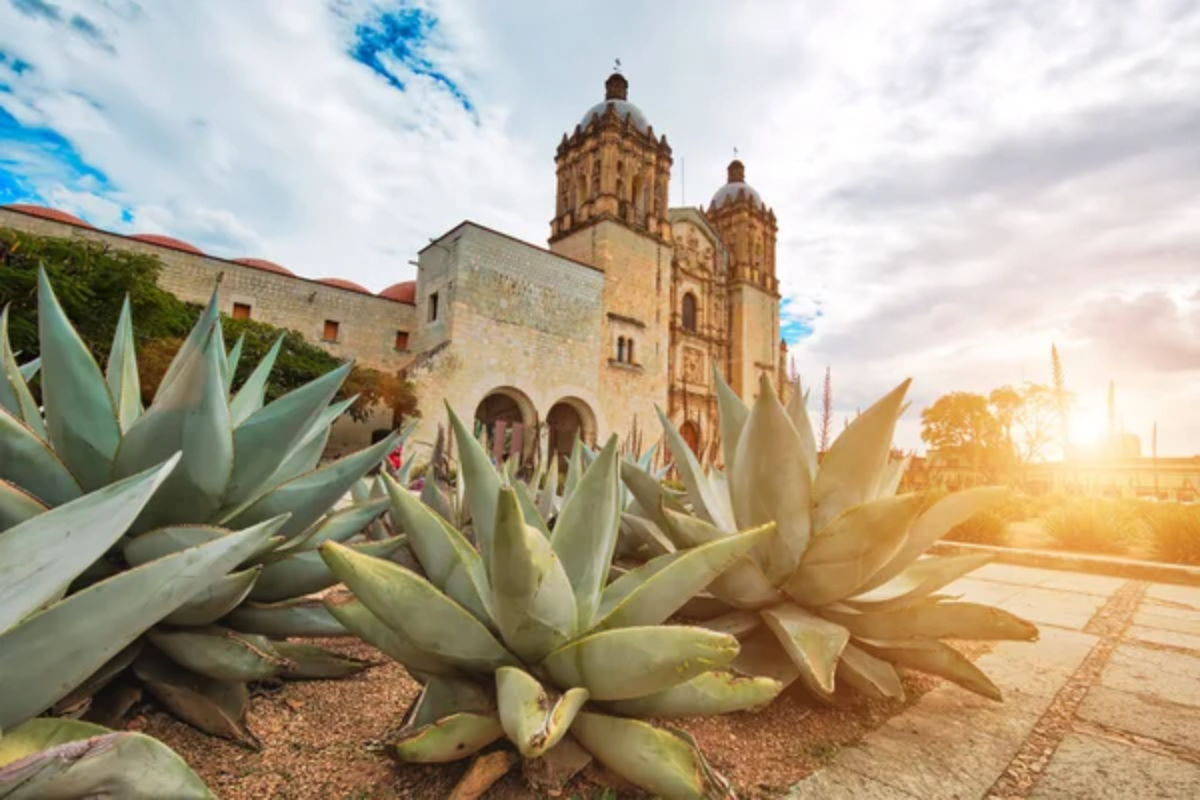
Zapotec weavers in surrounding villages continue producing textiles on foot looms using cotton and wool dyed with cochineal insects, indigo, and other natural materials. Each village maintains distinct patterns and color combinations that identify the weaver’s community and family lineage.
Master weavers can produce incredibly complex designs from memory, working without written patterns while maintaining near-perfect symmetry and color balance. The nearby city market provides outlets for their work while cultural pride ensures younger generations continue learning these ancestral skills.
Deruta, Italy
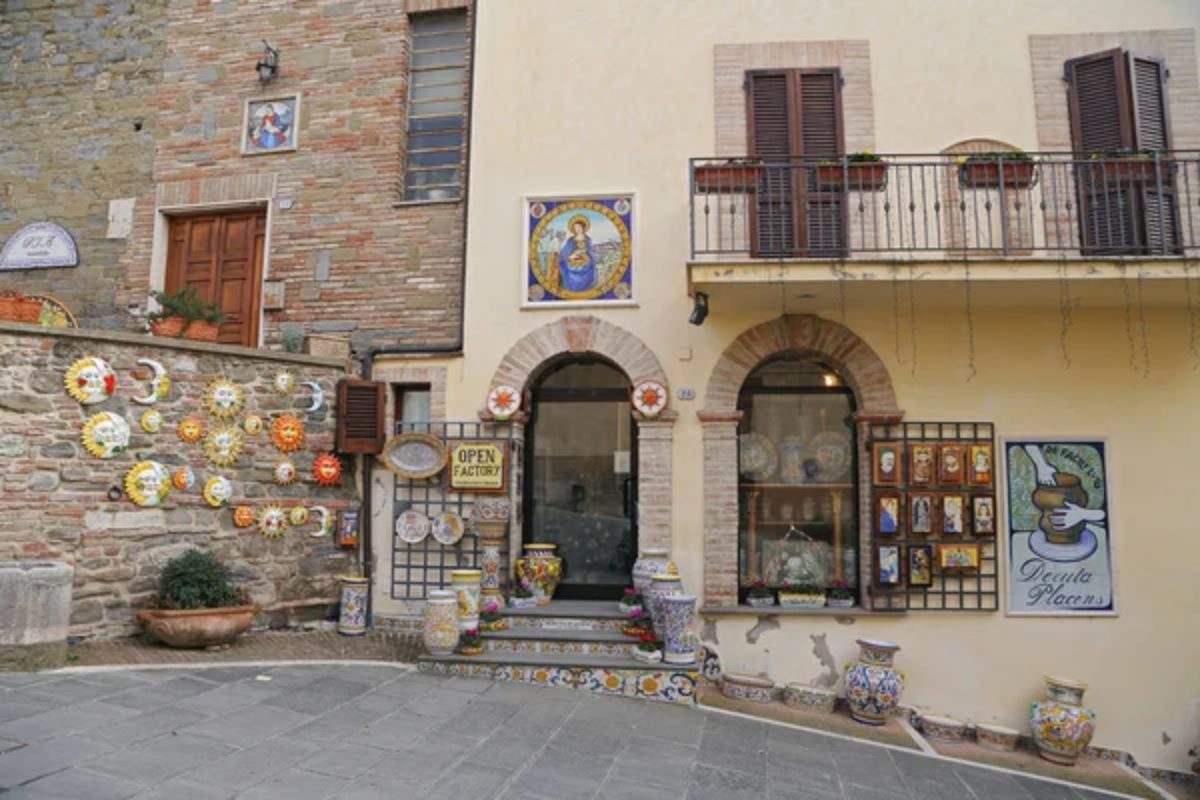
This Umbrian hill town has produced decorated ceramics since the Renaissance, specializing in maiolica pottery featuring intricate hand-painted designs. Local clay, tin-based glazes, and painting techniques create distinctive pieces that have graced noble houses and museums for centuries.
Contemporary artisans continue using traditional methods alongside modern adaptations that maintain quality while meeting current market demands. The town’s ceramic museum displays historical pieces alongside contemporary work, showing the evolution of local traditions over five centuries.
Paithani, India

This Maharashtra village continues to weave silk saris using techniques that create fabric so fine it was once reserved for royalty. Artisans spend months creating single saris featuring intricate brocade work with gold and silver threads. Traditional patterns include peacocks, lotus flowers, and geometric designs that require exceptional skill to execute properly.
The entire community participates in silk production, from raising mulberry trees for silkworms to operating handlooms that produce fabric of unmatched quality and beauty.
Like Travel Pug’s content? Follow us on MSN.
Limoges, France
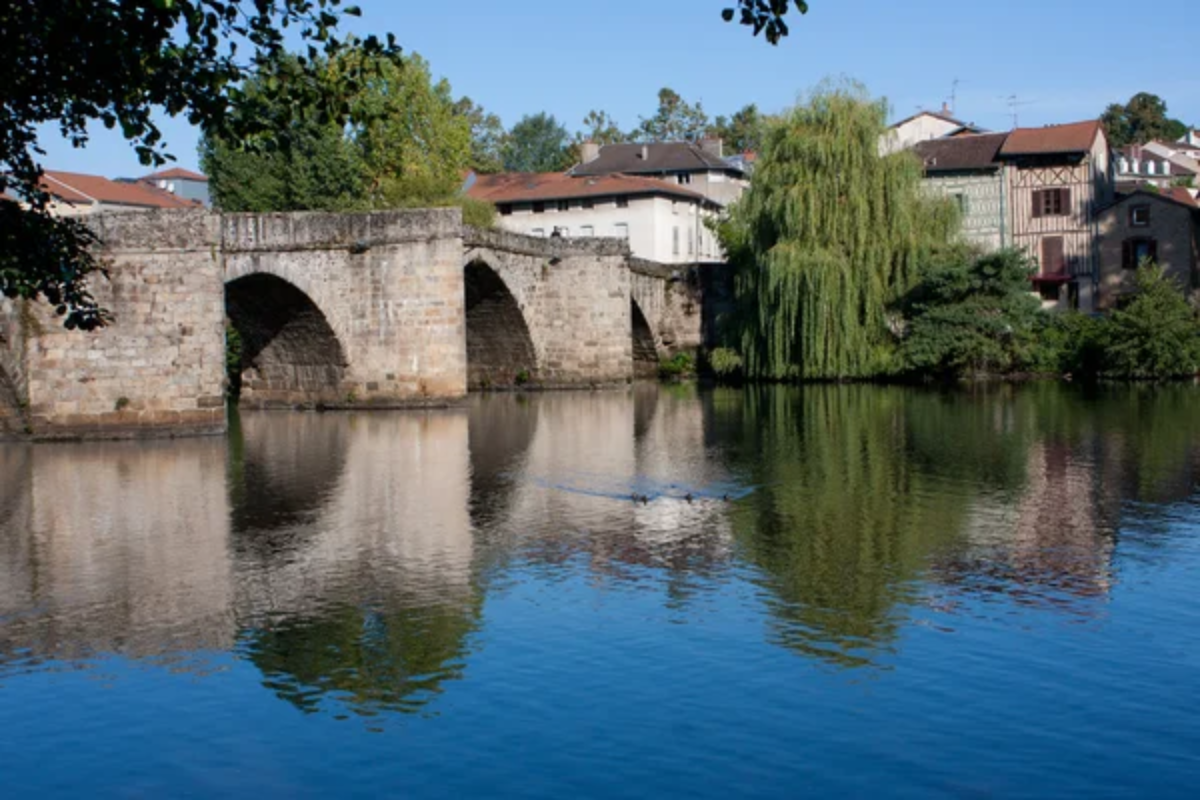
World-renowned for porcelain production since the 18th century, this city maintains workshops where artisans hand-paint fine china using techniques that require years to master. Local kaolin clay deposits provide the raw material for porcelain that achieves translucent qualities impossible to replicate artificially.
Master painters specialize in different decorative styles, from floral patterns to portrait miniatures, that demonstrate extraordinary artistic skill. The combination of traditional craftsmanship and contemporary design keeps Limoges porcelain relevant in modern luxury markets.
Kanazawa, Japan
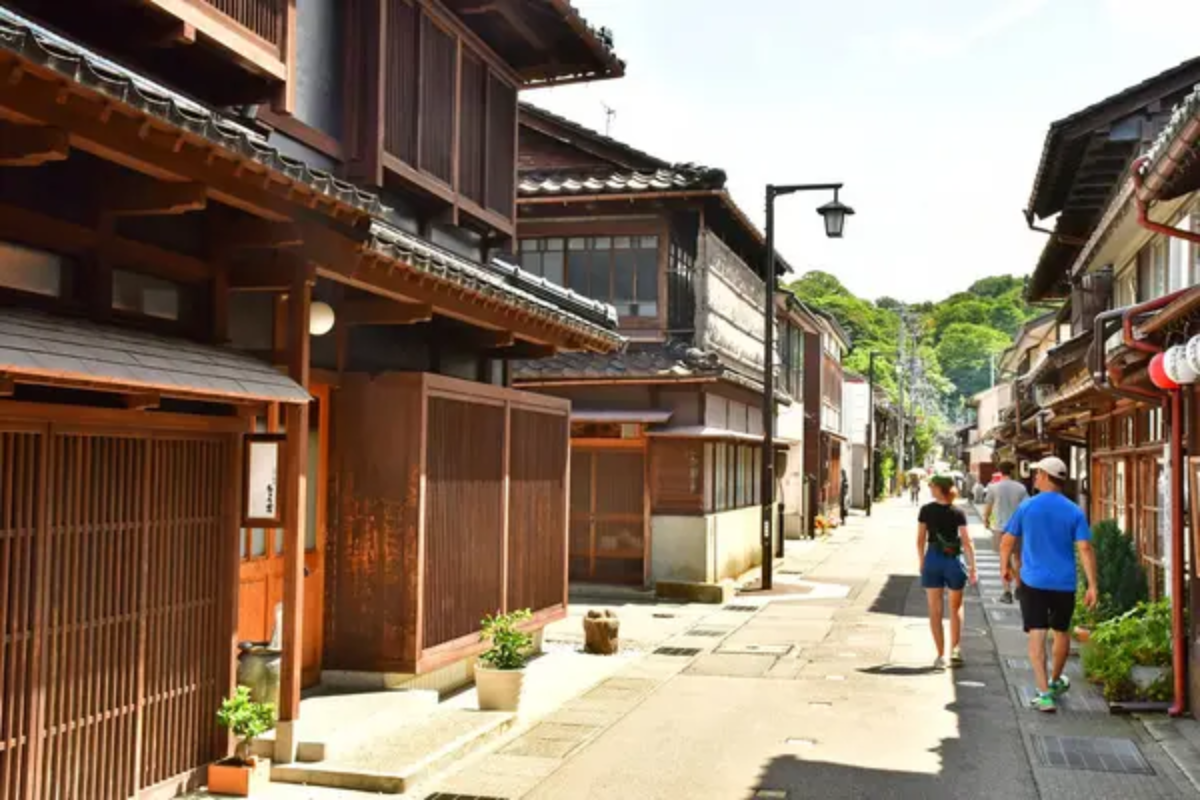
Gold leaf production in this city requires artisans to hammer gold into sheets so thin they measure only 0.0001 millimeters thick. The process involves placing gold between specially prepared papers and then pounding with wooden mallets in precise sequences that take years to master.
Local climate conditions provide the humidity levels necessary for successful gold leaf production, making this craft intimately connected to its environment. Finished gold leaf decorates everything from Buddhist temples to contemporary art pieces, maintaining demand for this ancient skill.
Ubud, Bali

Wood carving villages surrounding this cultural center continue creating religious sculptures, masks, and decorative objects using traditional tools and techniques passed down through Hindu-Balinese families. Artisans work with local woods, understanding how different species respond to carving and how to highlight natural grain patterns.
Each piece begins with religious ceremonies that bless the wood and guide the carver’s hands in creating sacred objects. The integration of spiritual beliefs with craft skills creates art that serves both religious and aesthetic purposes.
Like Travel Pug’s content? Follow us on MSN.
Toledo, Spain
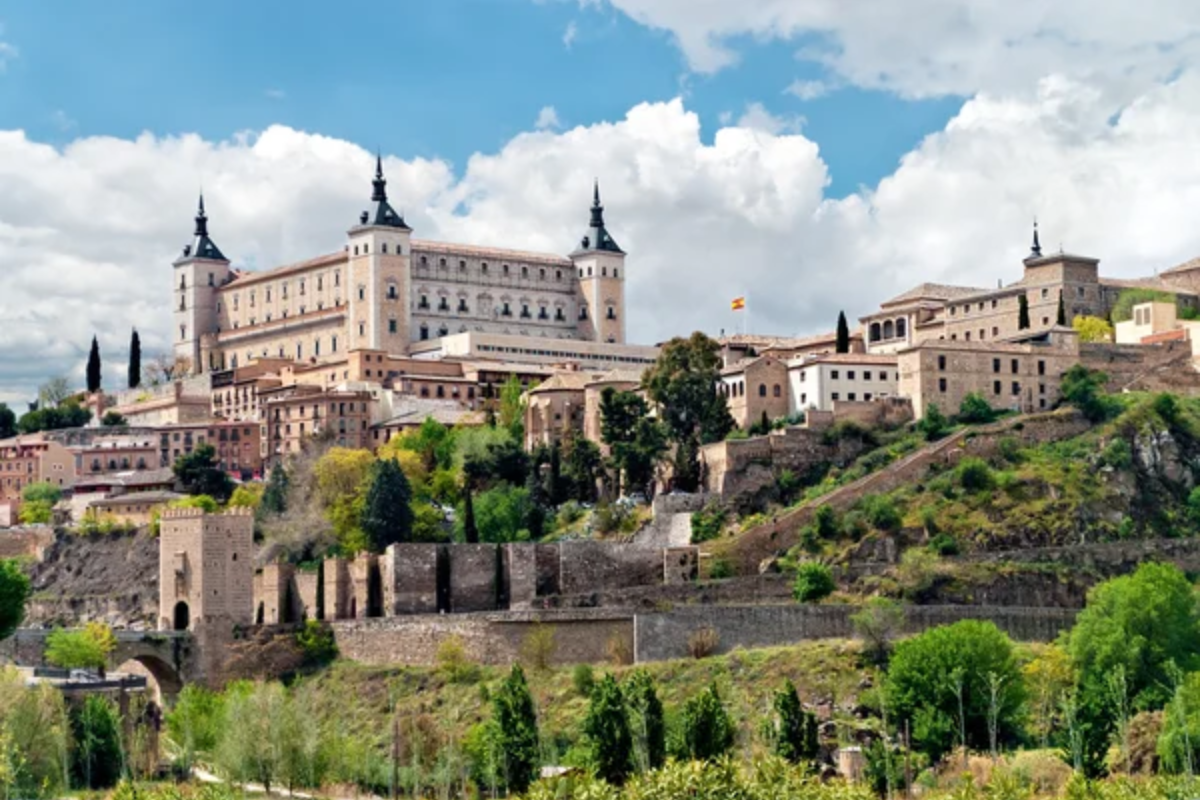
Swordsmiths in this ancient city continue forging blades using techniques that made Toledo steel legendary throughout medieval Europe. Modern artisans work with traditional forges, hammer steel by hand, and temper blades using methods that remain closely guarded trade secrets.
The process requires understanding metallurgy, precise temperature control, and artistic skill to create functional weapons that also serve as decorative art. Toledo Steel maintains its reputation for quality that mass production cannot match, ensuring continued demand for traditionally crafted blades.
Thimi, Nepal

Bronze and brass casting in this Kathmandu Valley town produces religious statues, ritual objects, and decorative items using lost-wax techniques that date back over 1,000 years. Artisans create detailed wax models, cover them with clay, and then pour molten metal to create sculptures that capture incredible detail.
The process requires precise timing, temperature control, and artistic vision to produce pieces that serve both religious and aesthetic functions. Multi-generational workshops pass down not only technical skills, but also the spiritual understanding necessary for creating sacred art.
Scarperia, Italy
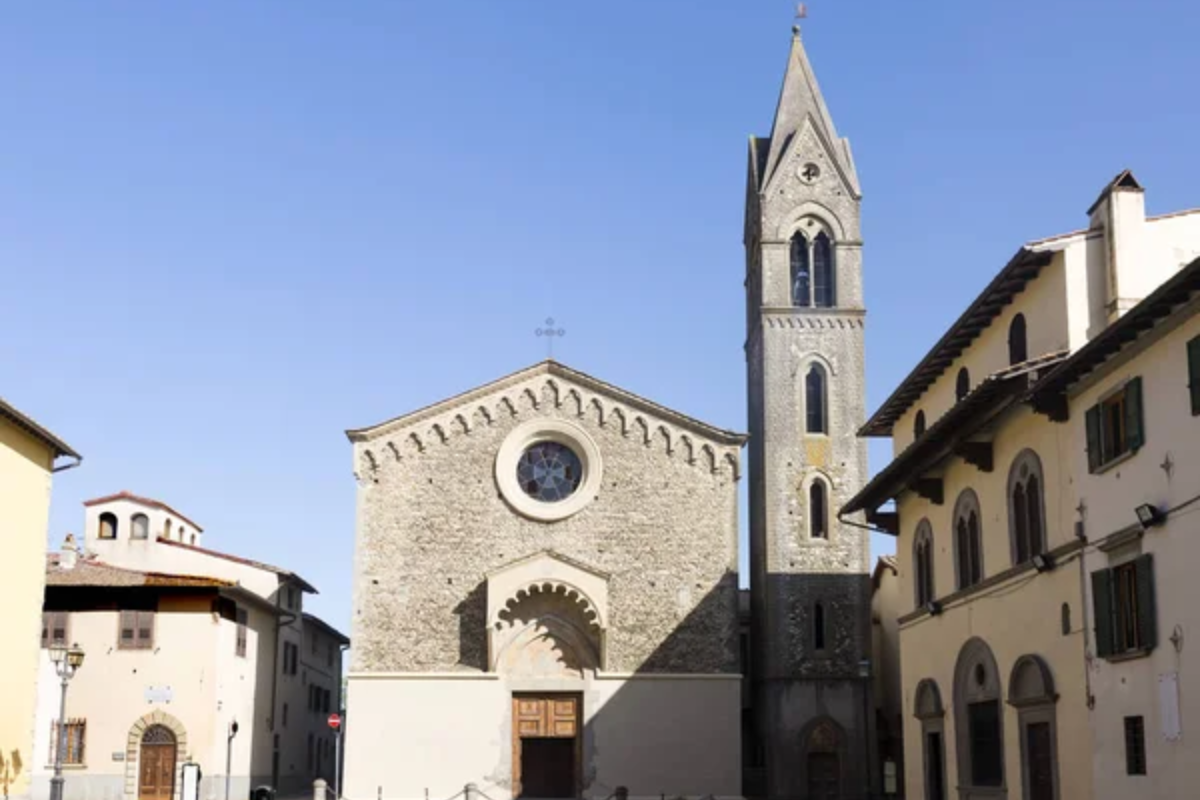
This Tuscan town specializes in knife making using traditional forging techniques that produce blades renowned throughout Italy. Local smiths hand-forge each knife, paying careful attention to steel composition, blade geometry, and handle materials that create tools that are both beautiful and functional.
The craft requires understanding metallurgy, precise hammer work, and artistic sensibility to create knives that serve as both kitchen tools and collectible art. Modern demand for handmade knives ensures the continuation of skills that might otherwise disappear.
Like Travel Pug’s content? Follow us on MSN.
Chordeleg, Ecuador
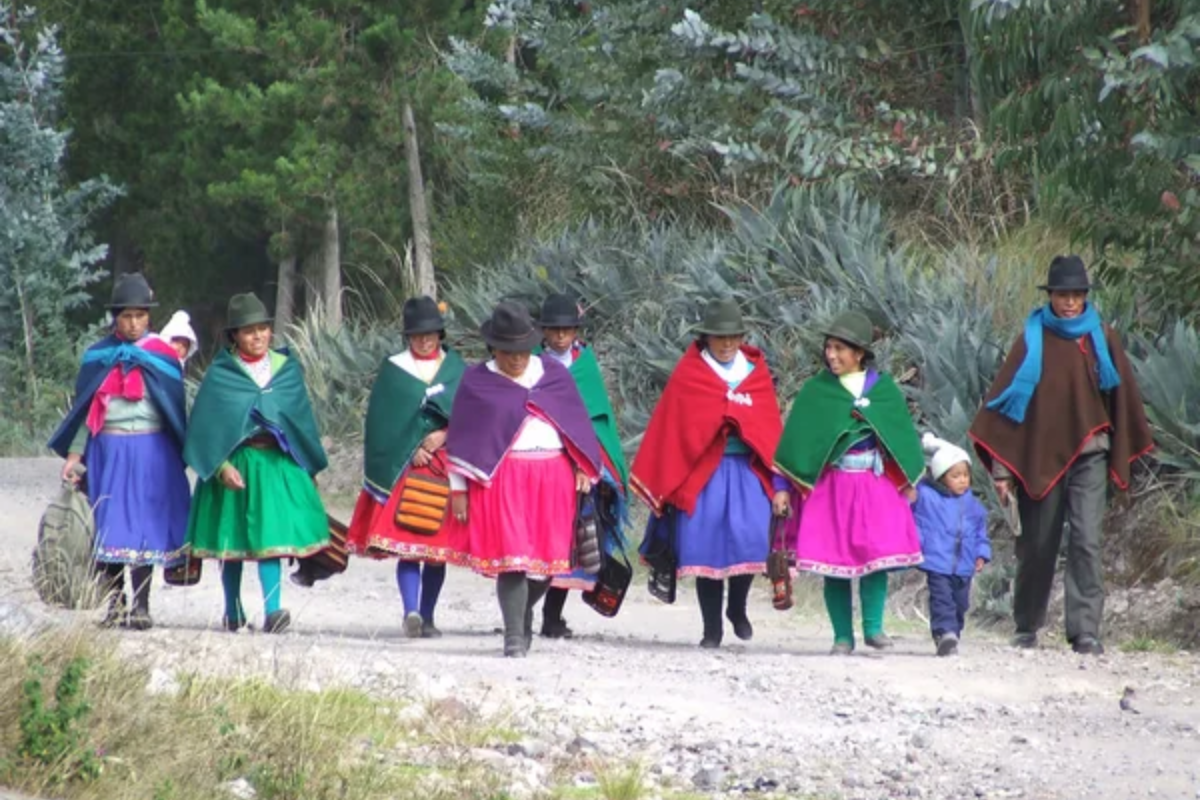
Silver and goldsmiths in this Andean town create jewelry using pre-Columbian techniques combined with Spanish colonial influences that produce distinctive decorative styles. Artisans work metals by hand, creating intricate filigree work that requires exceptional skill and patience to execute properly.
Local techniques for working precious metals have been passed down through families that maintain workshops in their homes. The combination of traditional methods and contemporary designs creates jewelry that appeals to both local and international markets.
Threads That Bind Generations
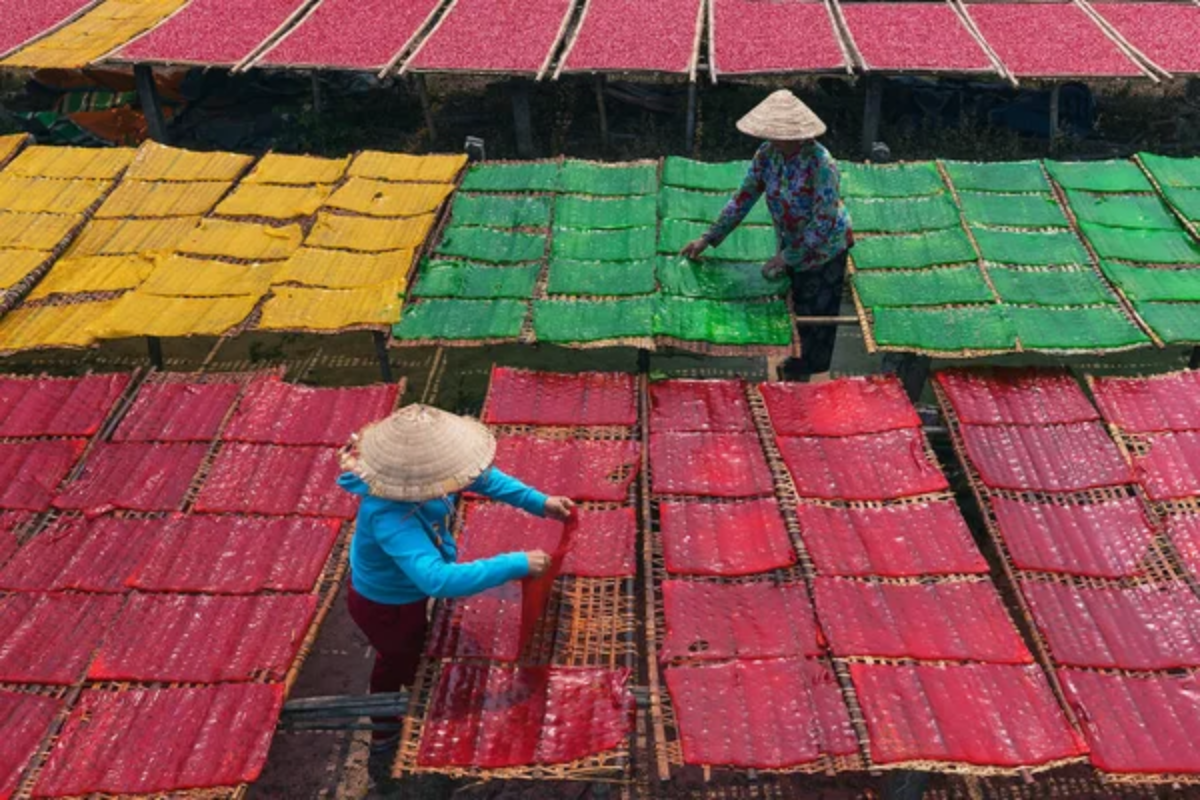
These craft villages demonstrate that traditional skills remain viable in the modern world when communities commit to preserving and adapting ancestral knowledge. Each location represents not just techniques and products, but entire ways of life built around creating beautiful, functional objects by hand.
The survival of these communities proves that there will always be appreciation for the human touch, the individual variation, and the cultural connection that mass production can never replicate.
More from Travel Pug

- 20 Best Beach Towns in the Carolinas
- 13 Destinations Where Tourists Regularly Regret Their Trip
- 20 Destinations That Are More Magical Without an Itinerary
- 20 Underrated Adventures That Belong on Your Travel List
- 20 Cities Where You Should Just Wing It, No Planning Required
Like Travel Pug’s content? Follow us on MSN.
